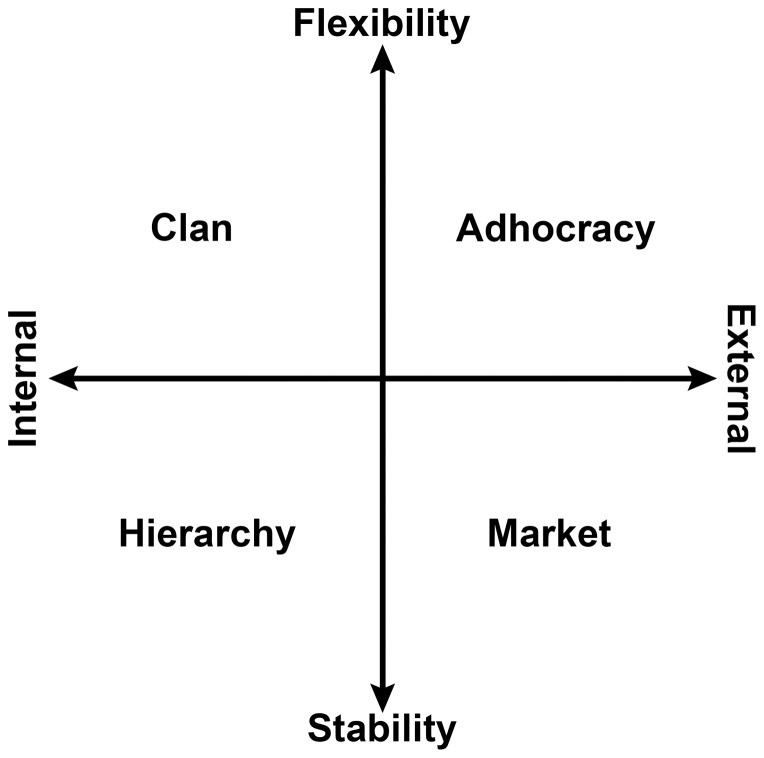Company culture, also known as corporate or organizational culture, isn't just an HR buzzword-it's become an increasingly important factor in job seeking decisions in the modern workforce. A recent Glassdoor study found that 77% of adults would consider a company's culture before applying, and that 56% of adults consider culture more important than compensation when it comes to overall job satisfaction. Building a strong company culture can contribute to employee engagement, a higher retention rate, and more effective recruiting.
What is company culture?
The textbook definition you'll come across on Google is "a set of shared values, goals, attitudes and practices that characterize an organization." That's all good and well, but it sounds a bit clinical. We prefer a definition by Katie Burke, Chief People Officer at Hubspot. She defines it this way:
"Company culture is the promise you make to your candidates and employees about the environment they can expect to work in and the values upon which your business operates."
It's a promise of what it actually looks and feels like to work at your company. What are the core values and norms across your organization? What are the shared beliefs and behaviors?
If you're just starting to think through these things, learning the different types of company culture can help you begin to define and foster your corporate culture in a more intentional way.
The 4 Types of Company Culture
Robert E. Quinn and Kim Cameron, professors at the University of Michigan, laid the groundwork for this conversation almost 40 years ago. Their foundational research created a model of organizational culture that identifies four distinct types of culture that can be found in almost 90% of organizations worldwide.
None is inherently better than another, but they each have unique advantages and disadvantages.

1. Clan culture
A clan culture (or collaborate culture) is a highly collaborative work environment where morale, consensus and relationships are prioritized. You'll often see members of a clan culture refer to their team as a family. Structurally, these organizations look more horizontal, where the distance between employees and their managers is shorter and mentorship is cherished.
Clan cultures promotes collaboration, improved communication, employee morale and job satisfaction, but may unintentionally create a dip in productivity if a work environment becomes too easygoing. Zappos is one example of a well-known clan culture.
2. Adhocracy culture
This type of culture, rooted in the word "ad hoc," is characterized by innovation and growth. Adhocracy culture (or create culture) is the Silicon Valley archetype of "move fast, break things." Quinn and Cameron describe it as a type of culture that encourages risk-taking and out-of-the-box thinking. As a result, you get a lot of innovation and growth and employees feel more secure in taking risks.
On the flip side, new team members may find the aggressive pace intimidating and the constant change may feel like a lack of stability. Google and Facebook are two examples of an adhocracy culture.

3. Market culture
Also known as a "compete culture," market cultures place an emphasis on results. Teams and employees are primarily concerned with metrics and the bottom line. In a market culture, employees are highly motivated to drive business outcomes and progress is easily evaluated. However, highly competitive can create a high pressure environment that could turn toxic. Amazon is a commonly used example of this culture type, for better or worse.
4. Hierarchy culture
Hierarchy (or control) cultures are highly structured organizations that are defined by process and procedure. This type of culture focuses on stability and reliability. Mistakes and losses are mitigated by following prescribed processes.
Predictability leads to a greater sense of clarity and security among team members, but too much rigidity stifles innovation and can create an environment that feels unsupportive. Government organizations fall under this culture type, as do highly regulated organizations like healthcare.
Next Steps
So, where do you go from here? The first step is to identify which attributes your organizational culture has. Keep in mind, it may not fit neatly into one of the culture types. Teams can exhibit attributes of more than one type of company culture. The important thing is to figure out where the workplace culture is now, and where you'd like it to be.
All four types of organizational culture have distinct benefits and disadvantages. Knowing what they are can help you play to your strengths, bolster your weaknesses, and create a better working environment while you're at it.
